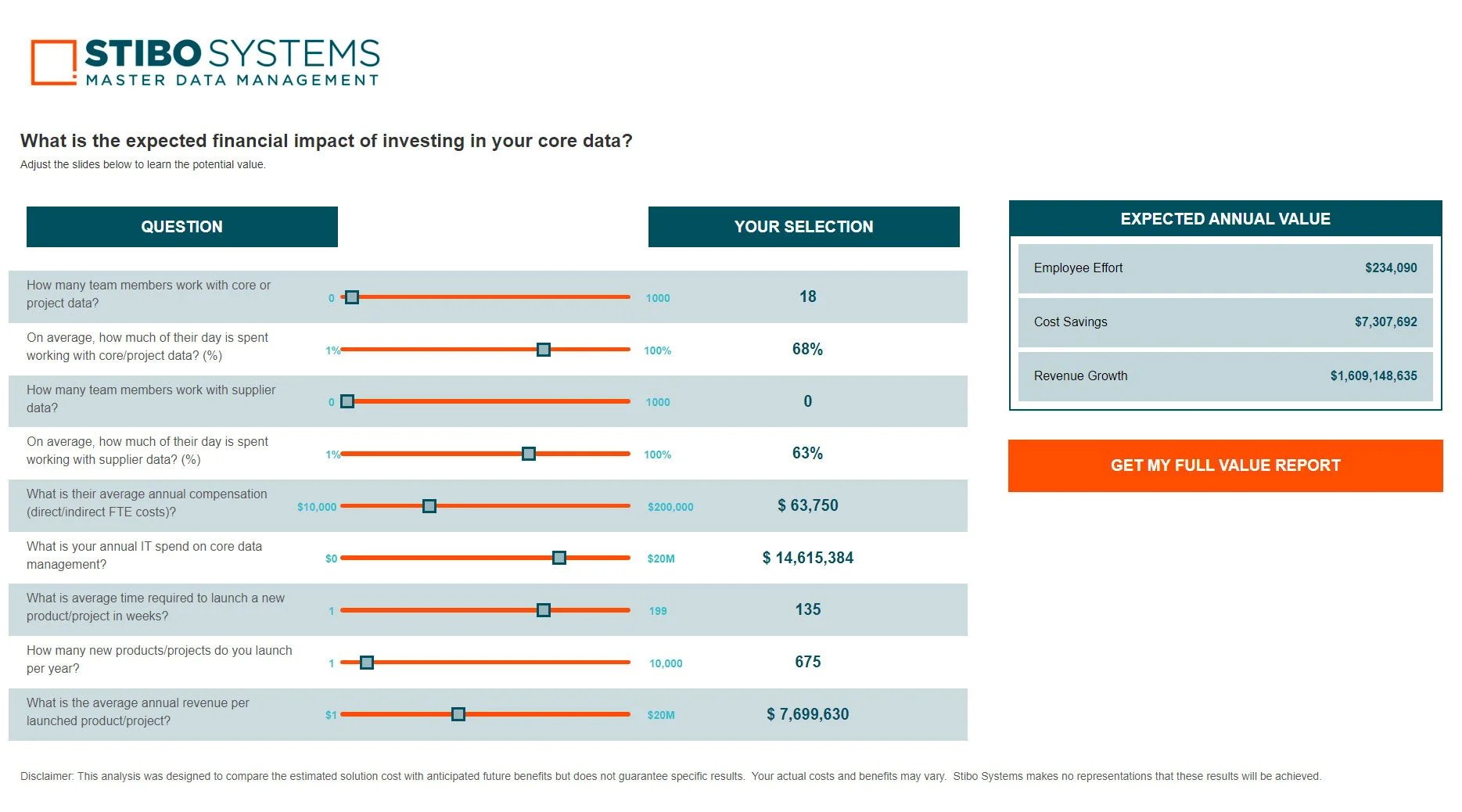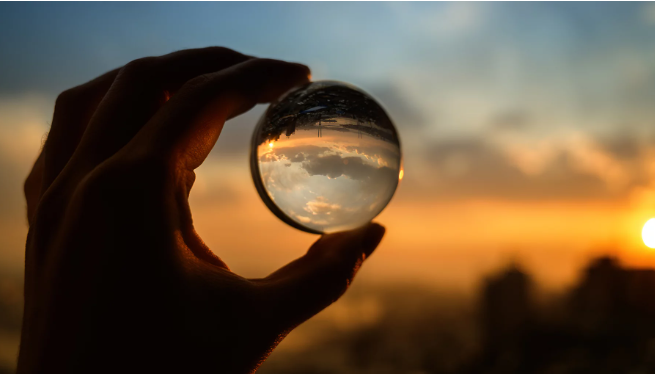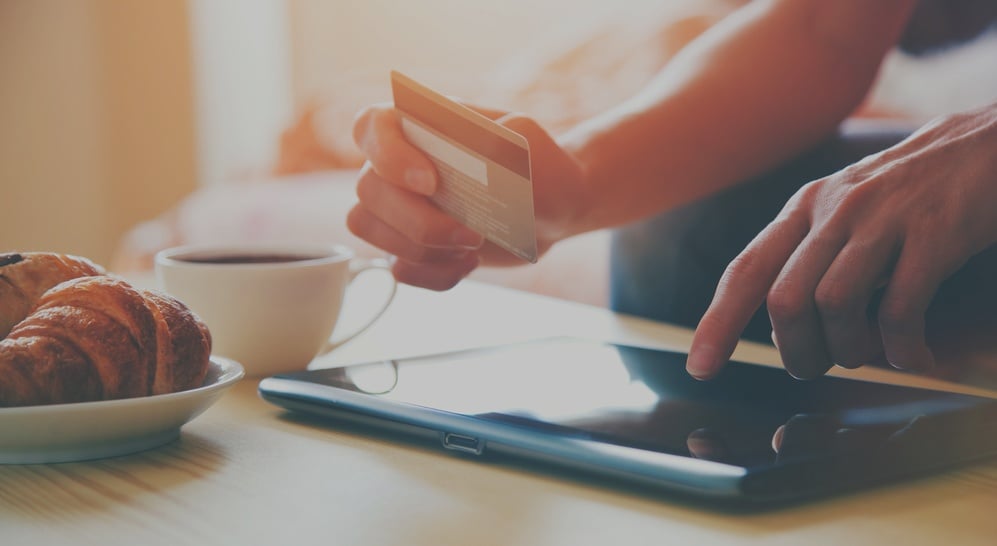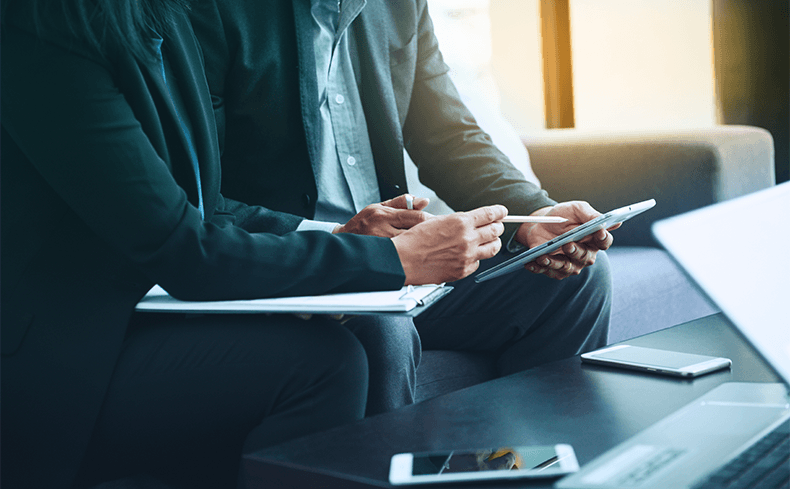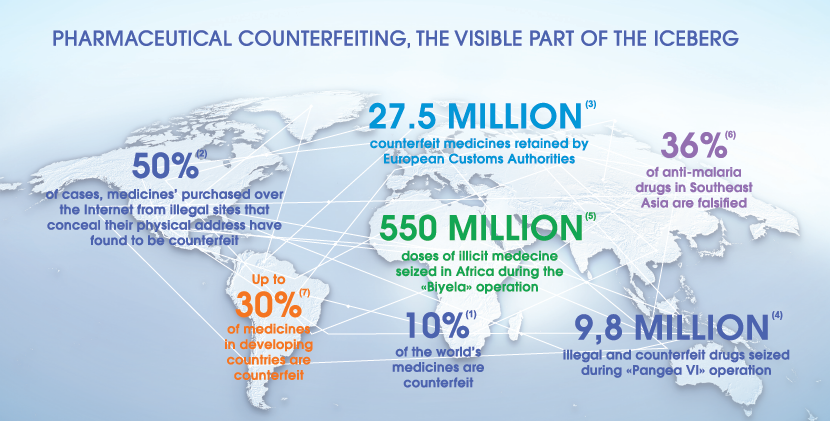Retailers are starting to get more pragmatic with AI opportunities at early stages of this new era
The retail industry was back in NYC for the NRF’s Big Show in a big way this week. Over 40,000 attendees, 1,000 exhibitors as well as well over 100 speaking sessions clearly demonstrated the importance of the conference for retail executives to learn what is new in tech and new developments in the industry.

While we saw AI in last year’s show, the technology that was widely discussed was traditional AI/ML cases. This year, generative AI was center stage in many discussions, presentations, and on the show floor. After more than a year since Open AI and other generative tools were launched, retailers and their technology partners have been able to build, test and realize a few concrete benefits.
81% of retailer decision makers feel ”urgency” to adopt generative AI - Google, at NRF 2024.
While there was a great deal of AI buzz, we also heard from some of the larger technology and market research and retailers providing a steady and pragmatic view of how to think about AI as a whole and the importance of building a data foundation that can serve as a prerequisite for AI initiatives.
Data remains a strategic asset for retailers
Microsoft in a session shared several mega areas of use cases for retailers to think about:
- Maximize value of the data
- Elevate the customer journey
- Empower the store associates
- Building a real time supply chain
Data quality and data governance are needed to underpin all these use cases.
Jamie Clarke from NIQ said it best during his session, “Data is a strategic asset. Doing it well can be the difference between winning and losing… It is a differentiator as retailers need to have data for the experience in unified commerce.”
Three trends in addition to AI
1) Unified commerce: Every year, customer expectations continue to grow as they continue to adopt a more digital shopping approach. Retailers have in a few short years been able to successfully roll out BOPIS (buy-online-pick-up-in-store) and other key omnichannel capabilities The problem is that retailers have mastered all the basic omnichannel needs of consumers, but the consumers have moved on to more advanced needs. Consumers expect to be able to shop for anything, at any time and any place – and the retailer should be able to remember them. According to IBM’s recent study, only 9% of consumers are content with in-store activity and 14% are satisfied with online shopping. To meet these expectations, retailers now need more depth of data and have all channels of commerce seamlessly connected and available to the consumer including physical retail.
2) Retailers’ need to diversify revenue: Double digit cost increases have been passed on to the global consumer across most categories and as a result their demand for goods have been constrained. In the coming years, it is projected that unit growth will be zero or in the low single digits for products. Furthermore, consumers have started to be more intentional and sustainable minded and may hold on to certain things longer. Retailers now are searching for other ways to capture revenue whether it is with retail media networks, expanding into B2B businesses or identifying new services such as financial services that cater to their core consumers. Retail media alone is estimated to be a $45B market and is expected to grow another $10B in 2024 according to NRF. As the offerings diversify, retailers will need to have the data management and marketing capabilities to capture their fair share of these new sources of revenue.
3) Sustainability focus on circular retail continues to emerge. While sustainability as a whole was not a headline like AI and some of the other topics, we did see a jump in focus with NRF who had a four hour workshop for retailers to do a deep dive on the circular economy. The goal of the circular retail systems and practices is to keep the product in use as long as possible and to encourage recyclability and the end of life. That is exemplified by creating a digital product passport and/or development of circular commerce platforms for brands and consumers. With the interconnectedness of our global economy, brands and retailers alike need to be aware of current and pending regulations that can directly impact their go-to-market commerce requirements and therefore their needs in regard to product data, supplier data and much more.

Floor & Decor shared how they improved customer experiences with better data
At the NRF Big Ideas session, I sat down with Jared Brown, Sr. Director of Information Technology from Floor & Decor to discuss where data management fits into their growth from 50 stores to 220 stores and the positive implications in product and customer experience. When they started with their master data program, they had disparate systems and data silos, and now they have a formalized data management program. But they knew that they would manage many more data points from more flooring SKUs and needed to be able to scale as they added new stores.
After implementing their master data management and vendor onboarding solutions, they were able to consolidate their product data and create a single source of truth. They also established workflows so the teams could efficiently move the data through the organization in a governed way. This resulted in clean data that was fit to be shared across all the company’s sales channels.
As they worked on improving data and identifying steps where they were slower in their product lifecycle, they started to see incremental improvements. These improvements collectively allowed them to cut their time to market by over 50%, so they can now bring out new assortments to the customer faster and with greater confidence.
Watch the session with Floor & Decor at NRF 2024
Current and future use cases of Generative AI
Of the mega use cases shared above, one of the most common use cases of AI is being able to maximize the value of your data. Within master data management (MDM), this mega use case can be supported by capabilities to categorize and deduplicate data, enhance and accelerate the processing of data for retailers. From a generative AI perspective, MDM supports the governed use of data to enhance and produce variations of product data, and, most importantly, MDM provides the trusted source of master data for retailers to use for various other AI use cases.
Generative AI use case in store with customers is a relatively new use case. One of the more fascinating use cases shared was the use of natural language processing (NLP) voice capabilities of generative AI. Tractor Supply shared this use case at NRF, and it provides a view in the future of how in-store associates can leverage a generative AI solution which is essentially an intelligent assistant to provide on-demand product and knowledge recommendations for Tractor Supply associates.
Master data management provides foundation for agility
The cycle of innovation continues to spin faster in retail. With the continued adoption of various AI/ML approaches for the business and for the consumer, the rate of disruption will accelerate in 2024/2025. Having the capability to acquire, manage and share data with agile data governance approaches across all your channels is a business imperative. Furthermore, ensuring that this data is of high quality and meets all your internal and external standards encourage teams and partners to trust the data and maximize the use of data. Trusted data matters for your ability to:
- Provide superior customer experiences
- Cut time to market
- Build a resilient supply chain
- Report on ESG goals
Whatever your needs are for data in the coming year, we would welcome the opportunity to meet with you to hear about your data needs and aspirations. As testified by NRF Retail’s Big Show 2024, data matters for winning in retail. Reach out to us to hear how we have been able to help other retailers like you.
